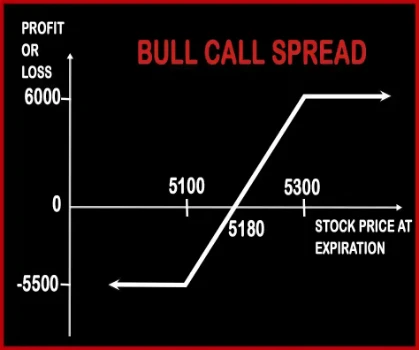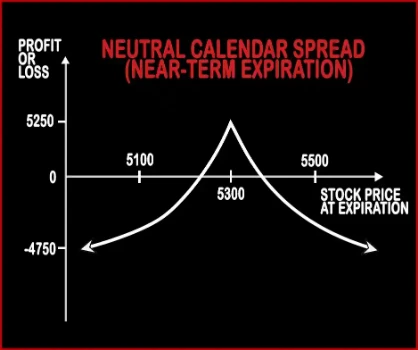Compare Strategies
| BULL CALL SPREAD | NEUTRAL CALENDAR SPREAD | |
|---|---|---|

|

|
|
| About Strategy |
Bull Call Spread Option StrategyBull Call Spread option trading strategy is used by a trader who is bullish in nature and expects the underlying asset to give decent returns in the near future. This strategy includes buying of an ‘In The Money’ Call Option and selling of ‘Deep Out Of the Money’ Call Option of the same underlying asset and the same expiration date. |
Neutral Calendar Spread Option strategyThis strategy is implemented if the trader is neutral in the near future for say 2 months or so. This strategy involves writing of Near Month 1 ATM Call Option and buying 1 Mid Month ATM Call Option, hence reducing the cost of purchase, with the same strike price of the same underlying asset. This strategy is used when the trader wants to make money from the .. |
BULL CALL SPREAD Vs NEUTRAL CALENDAR SPREAD - Details
| BULL CALL SPREAD | NEUTRAL CALENDAR SPREAD | |
|---|---|---|
| Market View | Bullish | Neutral |
| Type (CE/PE) | CE (Call Option) | CE (Call Option) |
| Number Of Positions | 2 | 2 |
| Strategy Level | Beginners | Beginners |
| Reward Profile | Limited | Limited |
| Risk Profile | Limited | Limited |
| Breakeven Point | Strike price of purchased call + net premium paid | - |
BULL CALL SPREAD Vs NEUTRAL CALENDAR SPREAD - When & How to use ?
| BULL CALL SPREAD | NEUTRAL CALENDAR SPREAD | |
|---|---|---|
| Market View | Bullish | Neutral |
| When to use? | This strategy is used when an investor is Bullish in the market but expect the underlying to gain mildly in near future. | This strategy is implemented if the trader is neutral in the near future for say 2 months or so. This strategy involves writing of Near Month 1 ATM Call Option and buying 1 Mid Month ATM Call Option. |
| Action | Buy ITM Call Option, Sell OTM Call Option | Sell 1 Near-Term ATM Call, Buy 1 Long-Term ATM Call |
| Breakeven Point | Strike price of purchased call + net premium paid | - |
BULL CALL SPREAD Vs NEUTRAL CALENDAR SPREAD - Risk & Reward
| BULL CALL SPREAD | NEUTRAL CALENDAR SPREAD | |
|---|---|---|
| Maximum Profit Scenario | (Strike Price of Call 1 - Strike Price of Call 2) - Net Premium Paid | Maximum Profit Limited When underlying stock price remains unchanged on expiration of the near month options. |
| Maximum Loss Scenario | Net Premium Paid | It occurs when the stock price goes down and stays down until expiration of the longer term options. |
| Risk | Limited | Limited |
| Reward | Limited | Limited |
BULL CALL SPREAD Vs NEUTRAL CALENDAR SPREAD - Strategy Pros & Cons
| BULL CALL SPREAD | NEUTRAL CALENDAR SPREAD | |
|---|---|---|
| Similar Strategies | Collar | Long Put Butterfly, Iron Butterfly |
| Disadvantage | • Limited profit potential to the higher strike call sold if the underlying stock price rises. • Maximum profit only if stock rises to the higher of 2 strike prices selected. | • Lower profitability • Must have enough experience. |
| Advantages | • Allows you to reduce risk and cost of your investment. • When placing the spread, exit strategy is pre-determined in advance. • Risk is limited to the net premium paid. | • Almost zero margin required. • Ability to profit from time decay, limited risk. • This strategy allows you to transform position into long position. |